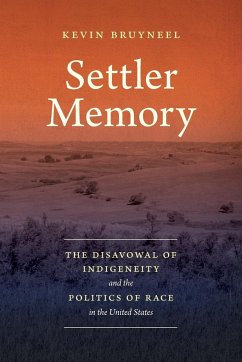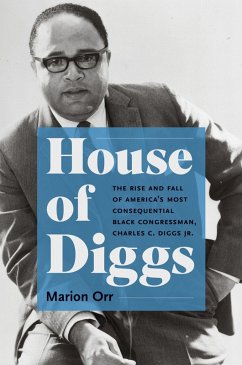
Blacks Against Brown
The Intra-Racial Struggle Over Segregated Schools in Topeka, Kansas

PAYBACK Punkte
14 °P sammeln!
"Brown v. Board of Education of Topeka, Kansas (1954) is regarded as one of the most significant civil rights moments in American history. Historical observers have widely viewed this landmark Supreme Court decision as a significant sign of racial progress for African Americans. However, there is another historical perspective that tells a much more complex tale of Black resistance to the NAACP's decision to pursue desegregating America's public schools. This multifaceted history documents the intra-racial conflict among Black Topekans over the city's segregated schools. Black resistance to sc...
"Brown v. Board of Education of Topeka, Kansas (1954) is regarded as one of the most significant civil rights moments in American history. Historical observers have widely viewed this landmark Supreme Court decision as a significant sign of racial progress for African Americans. However, there is another historical perspective that tells a much more complex tale of Black resistance to the NAACP's decision to pursue desegregating America's public schools. This multifaceted history documents the intra-racial conflict among Black Topekans over the city's segregated schools. Black resistance to school integration challenges conventional narratives about Brown by highlighting community concerns about economic and educational opportunities for Black educators and students and Black residents' pride in all-Black schools. This history of the local story behind Brown v. Board contributes to a literature that provides a fuller and more complex perspective on African Americans and their relationship to Black education and segregated schools during the Jim Crow era"--













